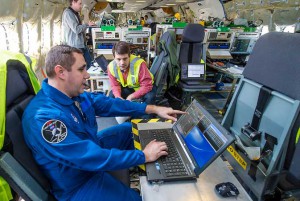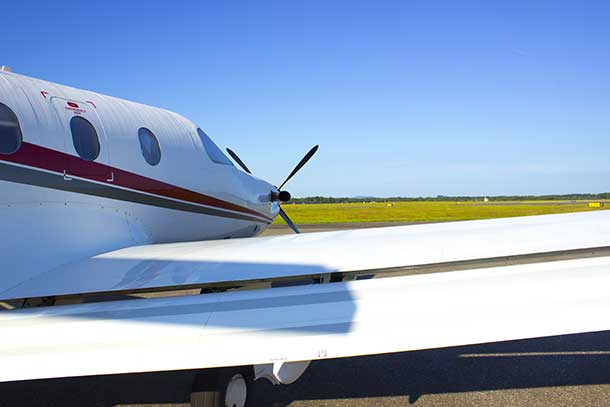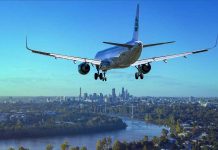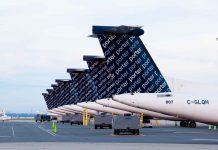

THUNDER BAY – AVIATION – In many areas, residents living near airports face issues from the noise from aircraft. In Thunder Bay, the flight path for many of the planes landing at Thunder Bay International Airport is over residential areas.
NASA researchers Friday began flight tests of computer software that shows promise in improving flight efficiency and reducing environmental impacts of aircraft, especially on communities around airports.
Known as ASTAR, or Airborne Spacing for Terminal Arrival Routes, the software is designed to give pilots specific speed information and guidance so that planes can be more precisely spaced, enabling pilots to fly a “follow the leader” approach to their destination airport.
This type of approach would minimize flight path deviations, allow more efficient use of existing airspace and possibly reduce noise over communities surrounding airports – all of which could lead to reductions in commercial flight delays.

The software is being tested on the Boeing ecoDemonstrator 787 Test Airplane as part of The Boeing Company’s ecoDemonstrator Program, a multi-year effort that aims to identify and accelerate the development and testing of new technologies and methods that can potentially reduce the environmental impacts of aviation.
“ASTAR represents the first of several inventive technologies NASA’s aeronautical innovators are working on that will be tested with the help of the ecoDemonstrator test airplanes,” said Jaiwon Shin, associate administrator for NASA’s Aeronautics Research Mission Directorate at the agency’s headquarters in Washington. “We’re confident the public will benefit from this valuable partnership between NASA and Boeing.”
During the flight tests, NASA engineer Roy Roper operates ASTAR on a laptop in the rear of the aircraft. As a second aircraft flies in front of the ecoDemonstrator 787, ASTAR computes and displays the speed required to follow safely behind. Roper then communicates those speed commands to the ecoDemonstrator 787 pilots.
“NASA has tested ASTAR in laboratory simulations, but this flight test on board the ecoDemonstrator 787 gave us the chance to see how well it works in a real-life flight environment,” said Will Johnson, a project chief engineer at NASA’s Langley Research Center in Hampton, Virginia.
The NASA team will apply the lessons learned from the flight test program to improve the software and then begin development of actual flight hardware for further testing and eventual certification for use.
The ASTAR experiment is the first of several NASA tests flying aboard the ecoDemonstrator Test Airplanes. During the spring and summer of 2015, the ecoDemonstrator 757 Test Airplane will host two NASA experiments. The first involves using active flow control technologies on the aircraft’s tail to determine if future tail designs can be altered to reduce drag. The second will test the effectiveness of coatings applied to the leading edge of a wing section to reduce turbulence-inducing buildup of insect residue.
Air traffic management software tools, such as ASTAR, are developed by NASA’s Airspace Systems Program, which is part of the agency’s Aeronautics Research Mission Directorate.






